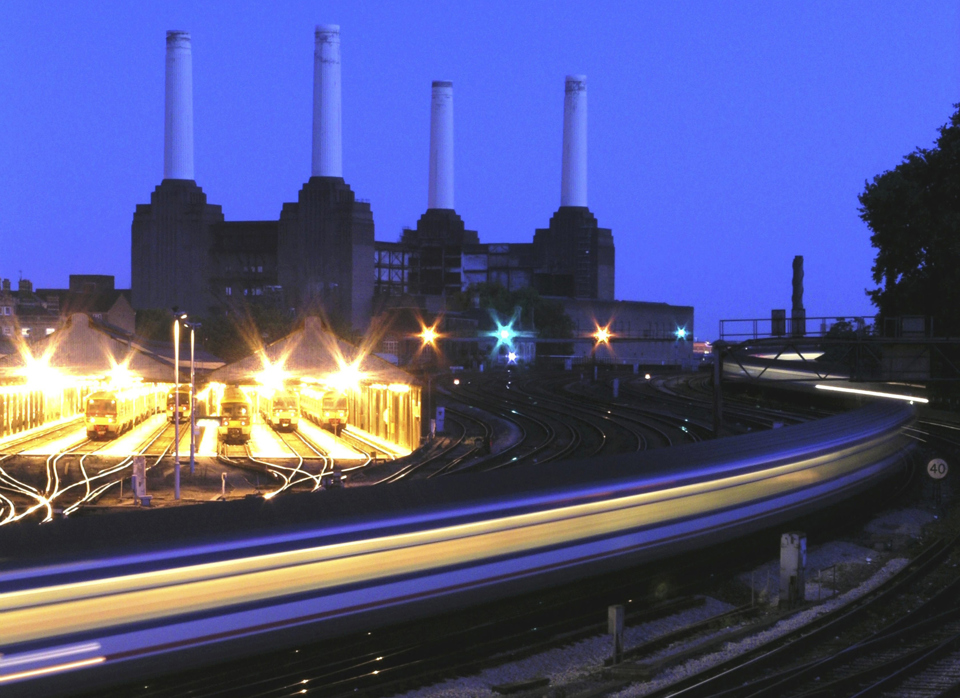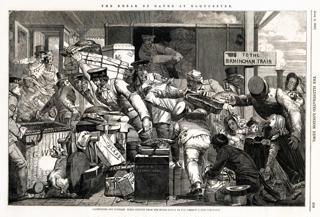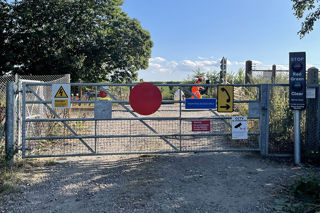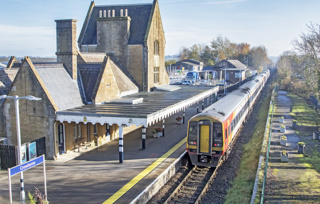Cara Murphy, practice director, rail consulting for Atkins shows how AI will lead to a major step change in the rail industry.
Artificial intelligence (AI) is a phrase that conjures multiple reactions: excitement about the opportunities it makes available; fear of overreach by machine-led thought; confusion over what exactly AI currently is and can do.
For the rail industry, all of these reactions are valid.
But equally, as a sector, we need to ensure that we come to a collective understanding of this new toolbox, and how we can safely use it to make a step-change in our industry.
Firstly, it’s important to understand what the current status and limitations are of AI, and to come to an understanding of what really qualifies as AI.
AI refers to the ability of machines to imitate and perform tasks that have historically required human intelligence.
It’s a branch of computer science that focuses on creating intelligent systems capable of learning, reasoning and making decisions.
AI enables machines to analyse and interpret data, recognise patterns, solve problems, and even interact with humans.
You might not realise it, but some devices and daily activities already rely on AI technology - for example, mobile phones and video games.
Defining AI
Unlike traditional code, AI can function without being explicitly programmed for every possible situation, and adapts in response to new data and experiences to improve efficacy over time.
This adaptive capability is the true differentiator of AI, separating it from other tools.
For example, Power BI, while a powerful digital tool, is not classed as AI.
With the influx in recent technology, accessibility of AI will continue and is likely to accelerate, affecting all of us as individuals and within our infrastructure systems.
Rail is no exception.
It is therefore critical to understand AI’s ‘adaptive’ functionality before looking to potential use cases.
There are three components to pick out when we state that AI systems are ‘able to adapt and learn from their environment’:
- Adapt: these systems can adjust and improve their performance based on their experiences and the feedback they receive.
- Learn: these systems can acquire knowledge and understand patterns by analysing data. They can make informed decisions based on the information they gather.
- Environment: these systems operate and encompass external factors, data inputs and interactions that shape their behaviour and enable them to perceive and respond to the world around them.
Trusting AI in rail
With greater accessibility of AI technologies, we’re likely to see its adaptive capabilities used far more widely.
This is a great advantage for making rail systems faster, better, more affordable, greener, and safer.
However, as rail industry professionals, it is also critical that we feel confident in what adaptation really means.
The fact remains that it’s quite hard for most of us humans to understand the actual rationale behind predictive AI decision-making.
How does it work behind the scenes? And what happens if these robots make the wrong decision?
Won’t that have an impact from a legal, ethical and safety-critical point of view?
Surely, we need to start interrogating their responses, and not settle for the computer saying yes or no without really understanding why.
With AI algorithms we can reverse engineer to provide a picture of the logic of each decision made in that process.
And while we will never have a completely full picture (using a 1,000-piece jigsaw as a comparative example, reverse-engineering algorithms give us the means to see where around 750 of the pieces go), it does mean we can pinpoint a higher degree of certainty (around 75%) than ever before.
Humans at the centre
To ensure we use AI well, we need to upskill our sector in working with digital outputs (and digital inputs), behaviours that support AI use, and a digitally ready culture.
We don’t all need to become data scientists, but we need to stand ready, whatever our role, to be able to get the full value from data and the associated AI processes applied.
This could mean site personnel recording findings digitally, and with correct schemas rather than rich text or even paper input.
Or it may mean that when a new process arises and needs documentation, the first question asked is “How should this fit with our data architecture?” rather than reaching straight for a spreadsheet, or similar.
The opportunity space
AI has positive implications for safety cases, which is a priority for any rail professional.
One of the first uses of AI to emerge at scale is object detection - taking video, photo or 3D-point cloud data and using this to automatically detect issues.
Taking this data from cameras mounted to trains, or from drone scans, enables ‘boots off the ground’ - live survey avoidance that reduces risks for maintenance teams, and enables them to head straight to areas with issues rather than continuously surveying to first find the issues, then address them.
Areas of application include vegetation encroachment, where features can be automatically identified via 3D GIS, overhead line or structure maintenance points, or any obstruction or potential obstruction to the line.
With the improvements in technology, AI algorithms are constantly improving the immediacy of issue identification, and the granularity of issues which can be identified while still ensuring processing time and power is kept to an achievable level.
Our environmental responsibility as a sector also has the potential to be enhanced via AI.
Energy use per engine is closely monitored, but identification of patterns of low-efficiency areas are a complex process within traditional spatial data science.
GIS experts are required to examine minute-by-minute data, and using natural intelligence this requires both specialist skills and specialist software.
AI opens the door to faster identification of ‘problem areas’ for energy efficiency, or low efficiency of the energy-generation systems in braking.
Using trained algorithms, AI can automatically pinpoint where energy is repeatedly being used at higher rates and link it to causation via background data - from the obvious topographic variations to other engine movements nearby, human factors and high-finesse data on environmental conditions.
With these areas identified, AI is increasingly being used to take the next step: identifying fixes for these inefficient areas and building ways to change for the better.
Moving forward with AI
As with any other technology we’ve previously embraced, from steam onwards, the rail sector is ready and willing to continue to optimise our operations, and we should therefore be placing AI firmly in our toolbox. In doing so, we need to learn from other sectors who are more advanced in their AI journey. It’s time to put the AI in rail.
Article first appeared in Rail Review Q3, 2023



















Login to comment
Comments
No comments have been made yet.